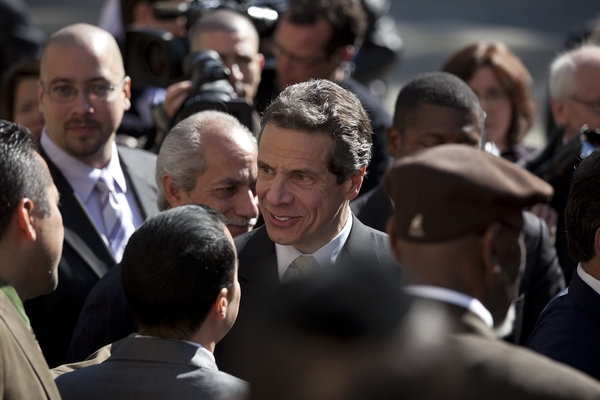CITY WIRE: THE BLOG
Who’s Afraid of the TPU?
Jarrett Murphy |
Every year when the city’s Rent Guideline Board meets to discuss how much of a rent hike to permit in the city’s 980,000 units of stabilized housing, tenant and landlord groups square off in the hope of pushing the final number as low or high as possible. But in practice many rents increase far more than the RBG-sanctioned hike would allow. If a unit goes vacant during the year, its rent can be jacked up 20 percent before the next tenant comes in. If a landlord has been charging preferential rent–letting tenants pay less than the legal amount to reflect local market conditions–but suddenly wants to charge the maximum, the rent can leap considerably. And if a building goes through a major capital improvement (MCI) or individual apartment increase (IAI), the rent can jump permanently to cover a one-time investment by the property owner.









